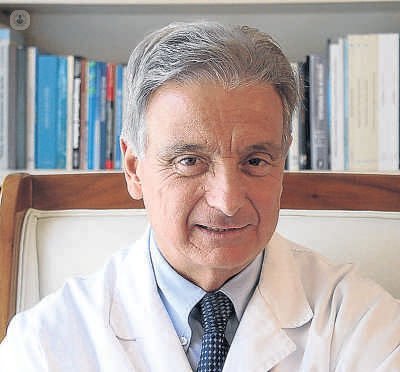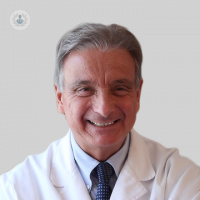We have new diagnostic and therapeutic advances for allergic diseases
Written by:
prevalence
More than 150 million Europeans suffer from allergic diseases, and in 2050 will affect 50% of the population in the Western world.
In Catalonia there are almost 2.5 million allergy sufferers and in Spain, 16 million. One of the diseases that has increased in the last decade is food allergy. In Catalonia it has almost tripled and, as in Europe, one in ten children has one or more food allergies. Unfortunately, every year fatal anaphylactic reactions caused by food and the number of hospitalizations for severe reactions has increased seven are presented.
Respiratory disease is the most common, and the most significant bronchial asthma allergic disease. The most commonly implicated allergens are house dust mites, along with pollens (Parietaria, grasses, banana tree, cypress, olive, etc.).
It is estimated that the concentration of pollen this spring will oscillate around 1,500 grains per cubic meter of air in Barcelona. After pollens are prevalent environmental fungi (Alternaria, Cladosporium, etc.) and animal dander (cat, dog, horse, etc.). Other relevant allergens are Hymenoptera venoms (bee, wasp, Polistes), drugs (NSAIDs, antibiotics, anesthetics, etc.), occupational substances (cereals, solvents, etc.) and the contact substances (metals, hair dyes, cosmetics , etc.).

diagnostic advances
Brand new for the in vitro diagnosis of allergic diseases are related to molecular diagnostics. Diagnosis is based on component, ie, in determining the IgE immunoglobulin in panels purified natural or recombinant allergens. The objective is to determine the primary or specific sensitization and similar proteins. For example, there are frequent cross between plants and between food and some pollens share common proteins, such as lipid transfer proteins (LTP) reactions.
therapeutic advances
A.- The new allergy shots or specific immunotherapy are made with new more and more purified allergens allergen concentration so that contribuyenauna better tolerability and improved clinical response. They are the only treatment that can modify the natural history of allergic disease and also reduce health care costs, while indirect related to lost work productivity and quality of life of patients, such as direct expenses, loque decreases by 40% the cost services médicosyun 30% in symptomatic drugs.
B.- anti-IgE. For about ten years we are using with great success as omalizumab molecules, indicated for the treatment of four very important pathologies: severe bronchial asthma, spontaneous chronic urticaria, atopic dermatitis severayalergia food that requires desensitization.
Are already under development new anti-IgE molecules which presumably will further improve the therapeutic arsenal, as mepolizumab (IL-5), librikizumab (IL-13), dupilumab (IL-4 and IL-13) and lilelizumab (anti -IgE).
C. Immunotherapy oral food: adverse reactions caused by food proteins, by immunological mechanisms and which imply that the food is not tolerated, being treated from a decade ago and oral immunotherapy, especially in children with protein allergy cow's milk and egg.


